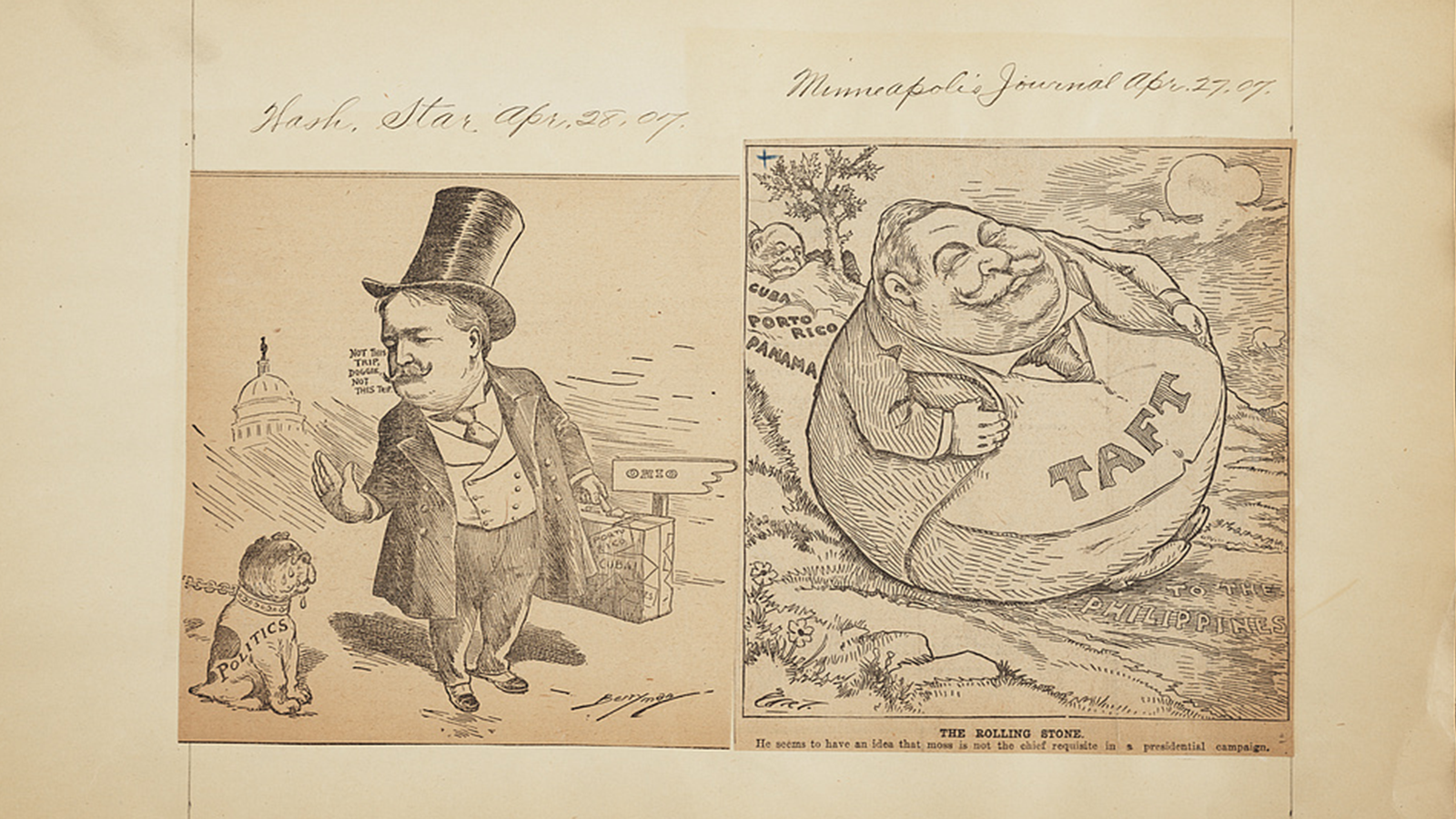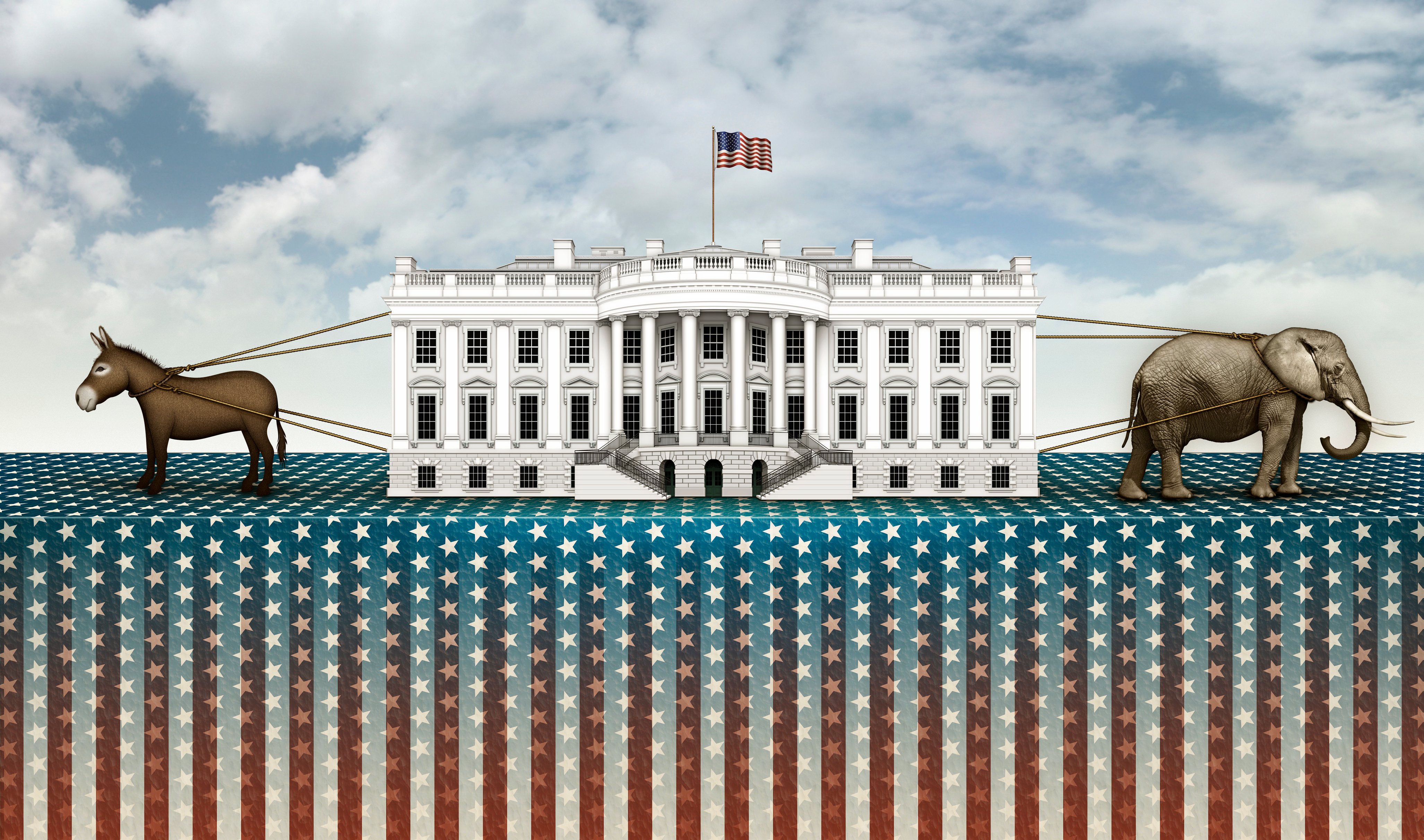
Interpreting political cartoons can be a real challenge for many students in the classroom. Students struggle to recognize the people, symbols, and events without context, making deducing the message of the cartoonist nearly impossible. Create a political cartoon scavenger hunt activity to help your students identify who and what is depicted. With this basic knowledge, interpreting the larger message conveyed by the cartoonist becomes easier.
Political cartoons first appeared in the 18th century and are thought-provoking primary sources for every era of American history. But recognizing the imagery in historical cartoons is especially challenging. Teaching students to identify the key people, events, and symbols of the historical era under study at the beginning of the unit. The following engaging activities ease the frustration of cartoon and photograph analysis in the weeks that follow.
Setting context for the scavenger hunt
Create an image scavenger hunt for beginning of the instructional units on the history of the Cold War. First, locate the political cartoons you plan to use and make a list of the people, places, events and symbols students must know to interpret the cartoon. The list from my collection of Cold War cartoons includes the Soviet premiers, American presidents, and other famous Communist or Cold War leaders such as Karl Marx, Mao Zedong, Ho Chi Minh, Fidel Castro. The places depicted include the Kremlin, Berlin Wall, and Iron Curtain. Because nations are often depicted as animals or symbolic people in cartoons, the Russian bear, American eagle, Uncle Sam, the British bulldog and John Bull make the list. Symbols such as the hammer and sickle, the communist color red, and national flags are also prominent. My collection of Cold War cartoons also includes depictions of the Sputnik satellite and hydrogen bombs, both items typical 21st century students fail to recognize.
Several different activities can be created from this list. For a scavenger hunt activity, create a worksheet with the people, places, and symbols listed, each with a space large enough to glue (or copy/paste if the activity is completed digitally) an image. Students, individually or in pairs, must locate a photograph on the internet of each item and pair it with appropriate term. The first to finish with 100% accuracy wins the scavenger hunt! Students keep their completed worksheets as references for future cartoon analysis activities.

Review to double check for student understanding
After students complete the scavenger hunt, review list with the class while projecting a photograph of the person or place next to a cartoon depiction. Political cartoonists often exaggerate a key feature; helping students recognize this reinforces their memory of the images. For example, the short stature, nose, and bald head of Soviet Premier Nikita Khrushchev were commonly exaggerated in political cartoons.
Another option is for the teacher to create a matching game in which students match images provided by the teacher to the list of people, symbols, and places. This approach allows the teacher to choose the best image to represent each item portrayed in the political cartoons and takes less class time for students to complete, but with similar results.
Teachers often assume that modern political cartoons will be more accessible, but students struggle to recognize the visual and textual references is these as well. Choose a challenging modern political cartoon to feature on a bulletin board daily or weekly. Supply students with bright labels and challenge them to identify the people, symbols, or key issues by conducting a scavenger hunt on the internet. After the key elements are labeled, dedicate some time to critical analysis to determine the point of the view of the cartoonist through small group or whole class discussion, or quick write or journal entries. As the labeled collection on the bulletin board grows, so do students’ grasp of current events, along with their visual literacy and critical analysis skills.
Active Classroom has hundreds of primary source activities that support student-led inquiry
Try a free 30-day trial today
Cynthia W. Resor was a middle and high school social studies teacher before earning her Ph.D. in history. She is currently a professor of social studies education at Eastern Kentucky University. She is the author of a blog, Primary Source Bazaar, and three books on teaching social history themes using essential questions and primary sources: Discovering Quacks, Utopias, and Cemeteries:Modern Lessons from Historical Themes, Investigating Family, Food, and Housing Themes in Social Studies and Exploring Vacation and Etiquette Themes in Social Studies.